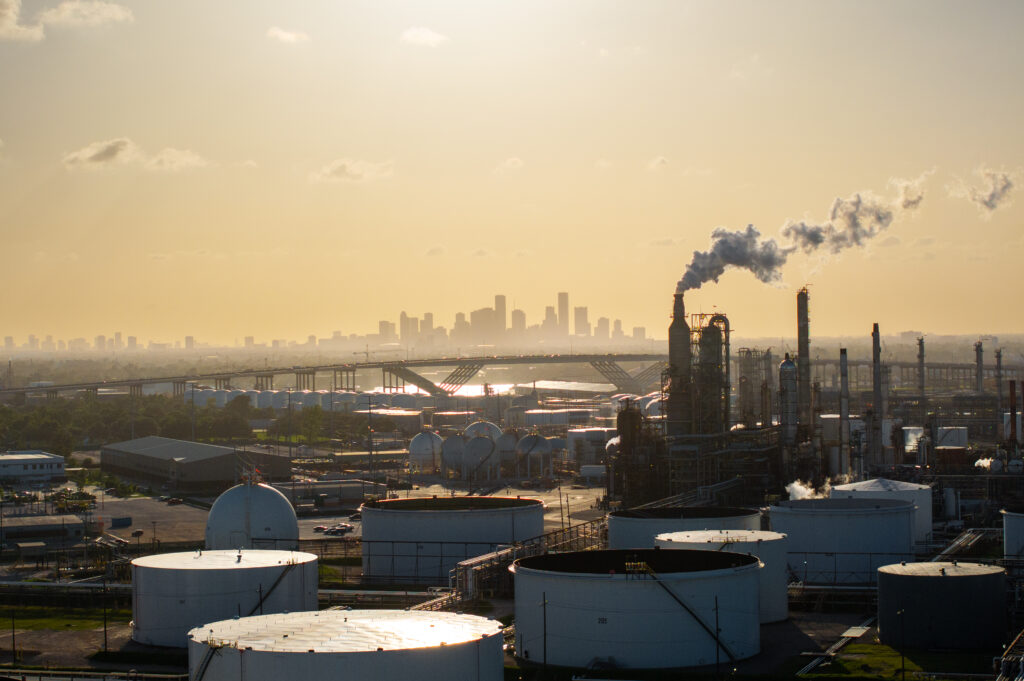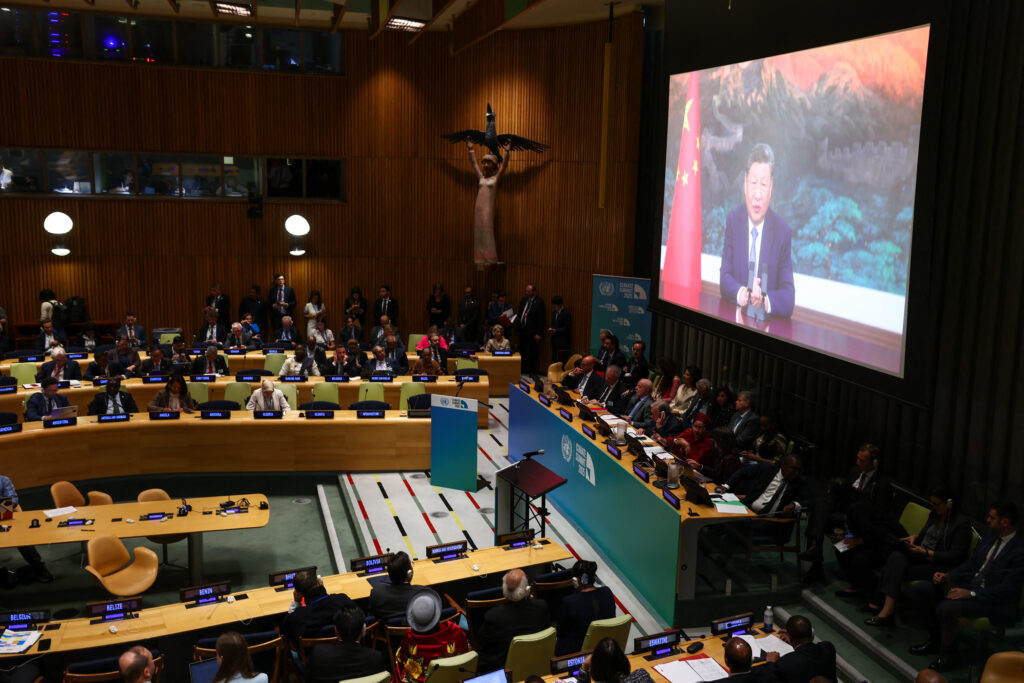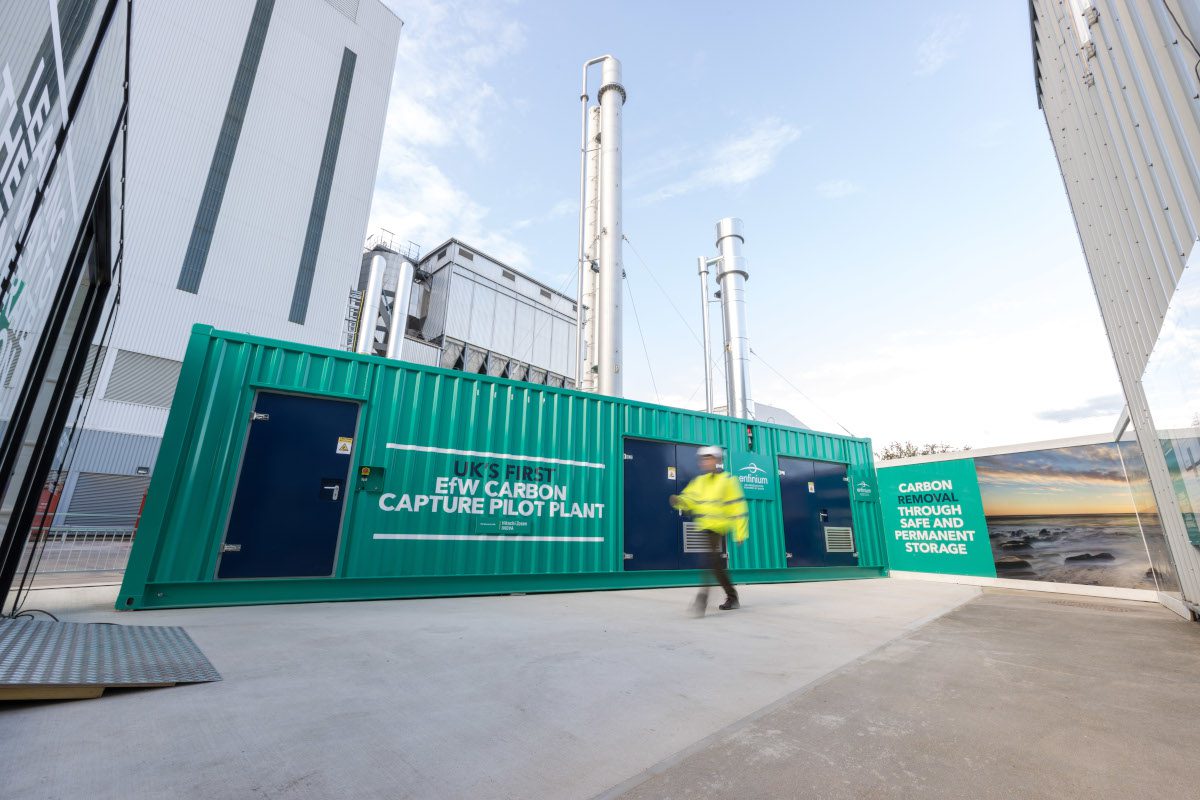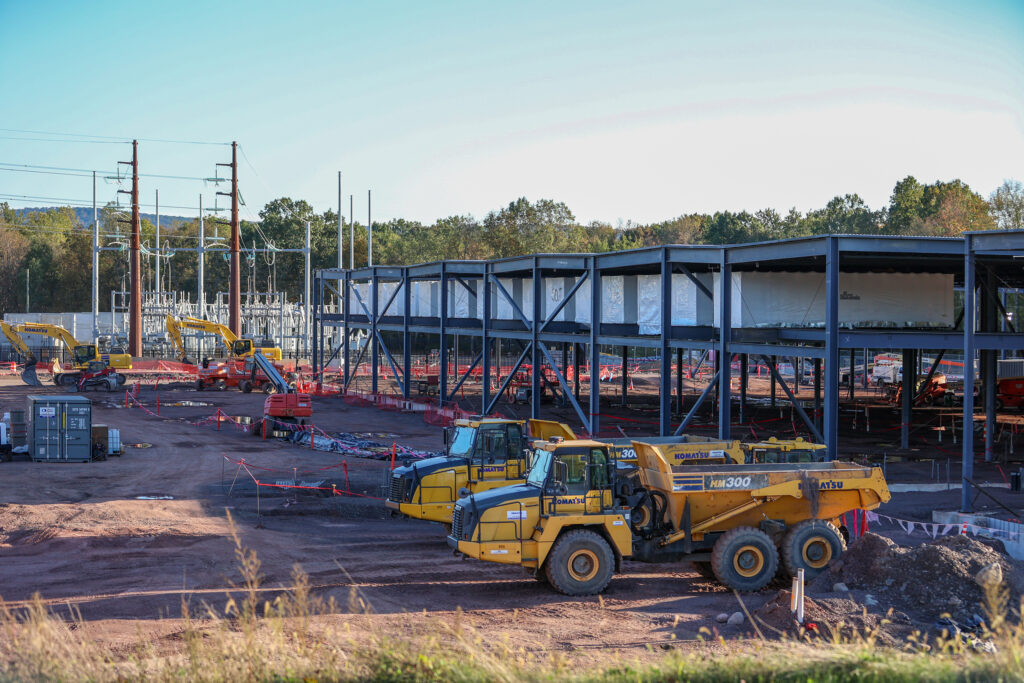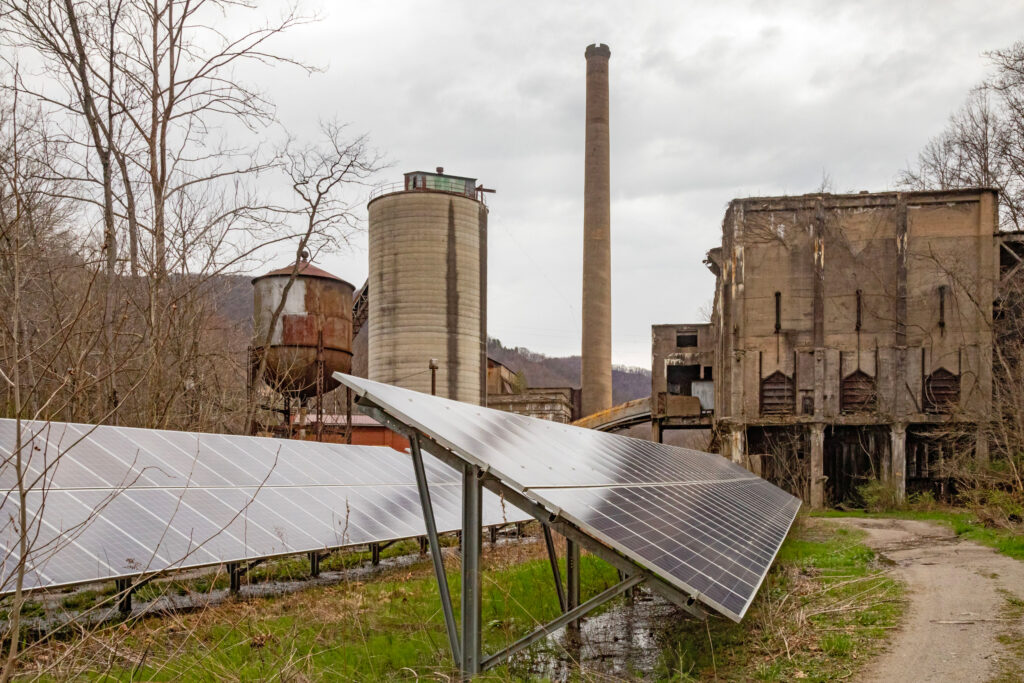In 2023, more than 10 million Ecuadorians voted to ban oil operations in part of the country’s Amazon rainforest.
This historic referendum was widely celebrated by environmentalists as a win for human rights and the environment. By ending operations in the Ishpingo, Tambococha and Tiputini (ITT) oil fields located in the northeast part of Yasuni National Park, Ecuador will keep more than 700 million barrels of oil in the ground. The park is one of the most biodiverse places on the planet and home to dozens of endangered and threatened species like the jaguar, harpy eagle and giant otter.
The Yasuni region also encompasses the ancestral territories of many Indigenous Waorani communities, the most recently contacted of Ecuador’s Indigenous groups. Yet oil operations have pushed forward in this region largely without local communities’ consent and those families have seen little or no financial benefit from the crude extracted from their lands.
The ITT referendum, a first of its kind use of direct democracy to end oil operations, opened the door to the possibility that people power can force fossil fuel phaseouts.
One year after the vote, the government announced, on the eve of a court-imposed deadline, that dismantling operations and remediating the area would take until 2032.
Now, uncertainty abounds about what consequences will flow from the vote—and whether and how the government will keep its commitment to comply with the referendum. Waorani communities are fighting for a seat at the table when it comes to deciding how the phaseout will unfold and what will happen with dozens of other oil fields that are continuing to pump out crude throughout Yasuni National Park. My colleague Katie Surma has reported extensively on this issue; she wrote about the referendum when it first passed and has visited Ecuador multiple times to speak with people on the ground about the complex dynamics surrounding nature and oil in the country.
I asked Katie to tell me more about her most recent story on the decision’s one-year anniversary, and what to keep an eye out for as it continues to develop.
Q: How did you learn about the situation happening to the Waorani families in Yasuni National Park?
I was fortunate to have some prior experience reporting in the Ecuadorian Amazon. That experience put me in touch with a number of great sources who have helped me learn about the history of oil in Ecuador and how the fossil fuel industry has collided with the lives of Indigenous people there, including Waorani communities.
That happened in the 1970s when the U.S. oil company Texaco worked with American missionaries to force contact on Waorani families and remove them from their oil-rich lands. In one account, told by a missionary, Texaco lent its helicopters to the evangelicals so they could better target families for removal. There has never been any sort of redress for those human rights violations, and the industry’s operations have continued to expand deeper and deeper into Waorani families’ territories.
It took me the better part of a year, hundreds of pages in books and articles, hours of interviews and two reporting trips to learn enough about the region and Waorani culture and history to feel comfortable writing about it last year.
My sources from that story, and other Ecuador-focused stories I’ve written, have kept me in the loop on more recent developments, including the Yasuni ITT initiative and its aftermath.
It is very difficult to get official information from the Ecuadorian government, so talking with people on the ground who were involved in the initiative and who are affected by it was helpful.
Q: How did you report the story?
For this story, I unfortunately wasn’t able to make it back to Ecuador. For that reason I did all of my interviews via Zoom and WhatsApp. I also reviewed documents, including part of an environmental impact assessment I had obtained from the government last year in a public information request (one of the rare instances where I’ve had my request returned).
I knew from prior reporting and conversations that the social and economic dynamics around oil production in the region are very complex. The Yasuni referendum is no different, and so I tried to talk with people who have a range of experiences and viewpoints. I was disappointed that no one from the government would talk with me.
Whatever one’s perspective is on the phaseout of oil operations in the ITT fields, the development will have consequences. I wanted to get at what some of those consequences might be. One of the people I heard from is Penti Baihua, a traditional leader of the Baihuaeri Waorani of Bameno. The Baihuaeri are an autonomous clan of Indigenous Waorani peoples whose ancestral territory includes the southern part of the ITT fields. I thought Penti shared some really smart insights, including his concern that the government could ramp up oil operations elsewhere to make up for ending production in the ITT fields.
As it turns out, shortly after this story was published, the state oil company indicated that it was looking to expand operations in another oil block (Block 86), which is south of Yasuni National Park.
Q: Is there anything that didn’t make it into the story that you can share?
There are a lot of complexities that I wish I’d had more time to unspool in the story.
Waorani individuals and communities, like other Ecuadorians, are far from being “one” way or having one identity. People have a range of views on oil, conservation, sovereignty and more.
At least one Waorani community, the Kawymeno community, had said they were against the ITT initiative because oil companies provided them with jobs and some education, healthcare and transportation services (typically governments provide those services). It’s unclear whether that community will receive other forms of support once the ITT fields are shut down.
I also would have liked to have gone into more depth about a process being carried out by some Waorani communities in the Yasuni region. Those communities, separately from the whole ITT initiative, have been trying to figure out their own way to stop the advance of oil operations in the region. I got to attend one of their meetings last year before the ITT referendum took place. There was fear among the group that if Ecuadorians had voted to allow oil operations to continue—which was a real possibility at that time—the result could have emboldened the government to continue expanding drilling further into the forest, effectively giving the industry a “democratic mandate” to proceed.
The position of those Waorani communities is that they should have the final say and control over what happens in their ancestral territories, and no one else.
This all gets at something I’ve found challenging to write about: There are strong disagreements between some Waorani communities and the umbrella Waorani organization known by its Spanish acronym NAWE. NAWE has been involved in a lot of the advocacy around the Yasuni ITT initiative and has promoted ending oil operations in the region.
Some of the reporting from other news organizations about the Yasuni ITT initiative indicates, whether intentionally or not, that NAWE is the one organization that speaks for all Waorani peoples. But some Waorani communities have rejected that assertion.
Those communities, which are nearly all against oil, say that they’ve never ceded their authority or decision-making power to NAWE, and that historically Waorani communities have never acted as “one” people, but rather are autonomous, individual communities and family groups. I’m paraphrasing here, but they see the attempted consolidation of authority in a single organization as one more decision being imposed on them.
I think this is an important issue for us journalists reporting on the region to try and understand and to write about in a way that is fair to everyone.
Q: After your article came out, the Ecuadorian government made a decision that will affect the ITT fields, which was rolled out starting on Aug. 30. What happened with that—and what will happen next?
The government said it was beginning to close and cap the more than 200 wells in the ITT fields, and that the phaseout process would last until the end of 2029. Remediation of the area, the government said, would take even longer and last through 2032.
People who support the phaseout are worried about whether the government will keep its word. There are also concerns about what will happen to the Kawymeno community and other people who are economically dependent on those operations. Other affected Waorani communities want a seat at the table as the government makes decisions about the phaseout of the ITT blocks—so far, they don’t have a voice in those decisions.
As Penti predicted, it looks like Ecuador will be ramping up operations in other parts of the region. There is also no indication that ongoing drilling in areas known to be inhabited by uncontacted Waorani groups will be phased out. There are at least six other active oil blocks where those uncontacted groups travel through, according to locals.
Beyond the environmental problems those operations bring, a well-established pattern is that oil roads lead to more settlers and colonization. That, in turn, leads to more extractive activities like logging and poaching. Those pressures have repeatedly led to violent clashes with uncontacted groups. As it stands, the lives of those people remain very much at risk.
More Top Climate News
Tonight, Vice President Kamala Harris and former President Donald Trump will take to the debate stage for the first time since President Joe Biden pulled out of the race. So far, climate change has not been discussed much on the campaign trail, and only came up once during the last presidential debate (though a lot has changed since then, to say the least). Ahead of the debate, the Inside Climate News staff came up with questions that challenge the candidates’ past statements on energy policy and address how they plan to confront climate change if elected.
Meanwhile, there is a movement growing across North America to improve bird habitat on farms, Emma Castleberry reports for Ambrook Research. Avian populations are facing steep losses, with more than 3 billion birds lost since the 1970s. Along with climate change, the agricultural industry has contributed to this decline due to habitat destruction and pesticide use. Now, the nonprofit Wild Farm Alliance is working to promote the “wild farming” trend by encouraging farmers to take bird-friendly measures, including building nest boxes or planting native vegetation.
New research finds that plummeting bat populations could be linked to infant mortality in humans. For those wondering how that might be possible: “Fungal disease killed bats, bats stopped eating enough insects, farmers applied more pesticide to maximize profit and keep food plentiful and cheap, the extra pesticide use led to more babies dying,” Eli Fenichel, an environmental economist at Yale University who wasn’t involved in the study, told The New York Times. Experts say that conserving bats could be crucial for farmers and public health.
The National Oceanic and Atmospheric Administration has advanced a proposal to create a marine sanctuary that spans more than 4,500 square miles of coastal and offshore waters along California’s central coast. The agency released a final environmental impact statement on the potential sanctuary, but must wait 30 days before making its final decision on designation.
The area is set to become the first Indigenous-proposed sanctuary in the U.S., and would be managed with “active involvement of Tribes and Indigenous communities, inclusive of Indigenous values, knowledge and traditions,” according to NOAA.
Out west, wildfires are tearing through California and Nevada amid a September heat wave, Rebecca Falconer and Andrew Freedman report for Axios. California’s Line Fire has burned more than 26,000 acres of land east of Los Angeles, forcing thousands to evacuate. On Monday, Gov. Gavin Newsom announced he’d deployed the California National Guard to help contain the blaze, the cause of which is still under investigation.
About This Story
Perhaps you noticed: This story, like all the news we publish, is free to read. That’s because Inside Climate News is a 501c3 nonprofit organization. We do not charge a subscription fee, lock our news behind a paywall, or clutter our website with ads. We make our news on climate and the environment freely available to you and anyone who wants it.
That’s not all. We also share our news for free with scores of other media organizations around the country. Many of them can’t afford to do environmental journalism of their own. We’ve built bureaus from coast to coast to report local stories, collaborate with local newsrooms and co-publish articles so that this vital work is shared as widely as possible.
Two of us launched ICN in 2007. Six years later we earned a Pulitzer Prize for National Reporting, and now we run the oldest and largest dedicated climate newsroom in the nation. We tell the story in all its complexity. We hold polluters accountable. We expose environmental injustice. We debunk misinformation. We scrutinize solutions and inspire action.
Donations from readers like you fund every aspect of what we do. If you don’t already, will you support our ongoing work, our reporting on the biggest crisis facing our planet, and help us reach even more readers in more places?
Please take a moment to make a tax-deductible donation. Every one of them makes a difference.
Thank you,





